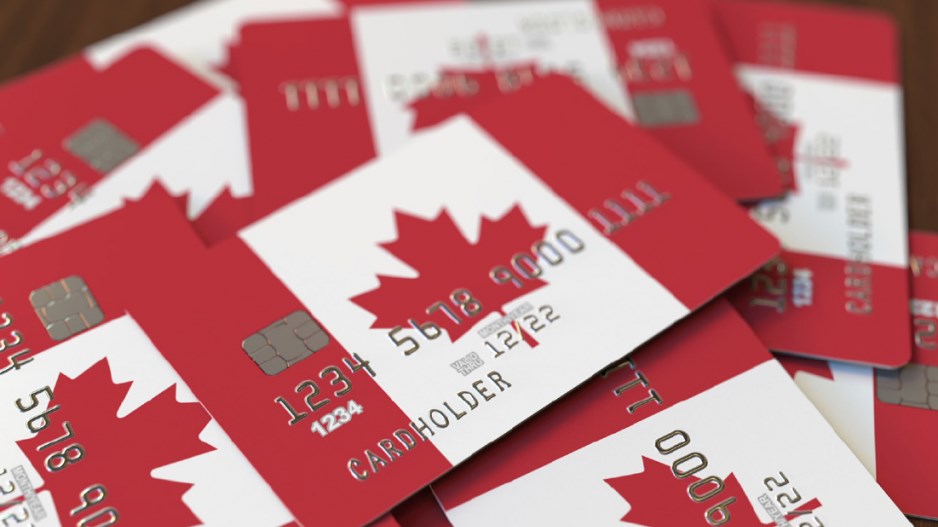Over the past 40 years, the Canadian economy has suffered through four recessions or a period in which real gross domestic product (GDP) declined for two or more consecutive quarters.
This happened in 1981, 1991, during the Great Recession of 2008-09 and finally during a short six-month decline in 2014. While Canada has felt the hurt of these recessions, the country has certainly been more fortunate than the U.S., which typically experiences a market correction every seven years. For the past 11 years, Canada has escaped a major economic downturn, but how long will it remain unscathed and is it likely another recession is on the horizon?
“History shows us that we are overdue for a recession,” a recent TD Bank (TSX:TD) note to investors said.
Canada has often been applauded for how it survived the global financial crisis of 2008. However, Steve Keen, an economist at University College London, said Canada and other countries including China and Australia were able to sidestep trouble over a decade ago by inflating their private debt bubbles, an action that he said merely postpones a recession rather than preventing it.
In the United States, private debt levels fell significantly after the Great Recession to about 150% of GDP, down from 170%, and have yet to come close to pre-recession levels. The opposite is true in Canada. Private debt in Canada has grown to 220% of GDP, up from 150% in 2008.
A decade of low interest rates and stagnant wages has prompted Canadians to borrow more. The resulting economic activity allowed the country to avoid the pitfalls experienced by other regions. But Canada’s debt service ratio is 24% of GDP, 1.6 times the size of the U.S. ratio and nine points higher than that of the U.K. This means that nearly a quarter of the country’s GDP is needed to service household and corporate debt.
“[Canada] has managed to avoid the hangover of the 2008 recession by getting drunk the next morning,” said Keen.
After the Great Recession, the U.S. experienced negative credit demand for the first time since the Second World War; lenders did not want to lend and borrowers were too over-leveraged to want to borrow. Since credit is the most volatile type of demand, a drop in credit demand devitalized economic activity in the U.S., raised unemployment and prolonged the negative effects of the recession.
However, the sharp credit decline in the U.S. meant that over time households became less leveraged. Canada didn’t experience the same negative credit demand and instead continued to drink from the private debt trough.
Eventually, however, banks will no longer be willing to lend to heavily indebted consumers, who will no longer be able take on additional debt and the associated costs to service it. When this happens, Canada will feel the recession hangover that it has been putting off since 2008.
Keen described how high consumer debt levels can hobble the economy: if people are using their disposable income to pay interest and debt, they’re not using it to purchase goods and services, which can in turn decrease GDP.
These high private debt levels also limit Canada’s ability to deal with the next recession. Canadians borrowed their way out of the last recession and are carrying substantial amounts of debt, reducing their ability to use this tactic to sidestep the negative effects of the next recession. Further compounding the concern, the Bank of Canada does not have many tools in its tool box to simulate demand and the economy. Interest rates are at historical lows and there is not much room for the top bank to lower interest rates.
But household debt level is not the only worrisome signal of an upcoming recession and the country’s inability to deal with one. Canada’s housing market did not go through the same correction that homeowners in the U.S. experienced. Since 2010, Canada’s housing index has doubled while the U.S. housing index has risen only 40%. This means that Canada could be experiencing a housing bubble that won’t be seen south of the border.
The biggest difference between today’s good economy and the one that existed in 2007 is the threat posed by the Trump trade war.
“It makes a recession so much more likely,” said Werner Antweiler, an economist at the University of British Columbia. “It’s a disaster for the world economy.”
While it may make a recession even more imminent, the Trump trade war could have some minor, unexpected benefits for the Canadian economy. As countries look for jurisdictions to unload exports whose demand has been hurt by U.S. tariffs, Canada could be the beneficiary of lower-priced goods as international companies off-load their backlogged inventory. Canadian producers could also be a favoured substitute as international buyers look for cheaper alternatives to tariff-afflicted U.S. goods. Antweiler said Canada’s agricultural industries like pork are likely to benefit the most.
British Columbia’s delayed infrastructure projects may also be a silver lining in a recession. While the province is experiencing a tight labour market with low unemployment, Antweiler said that having large infrastructure projects ready to go would be a helpful jobs program in the event of an economic downturn. •




